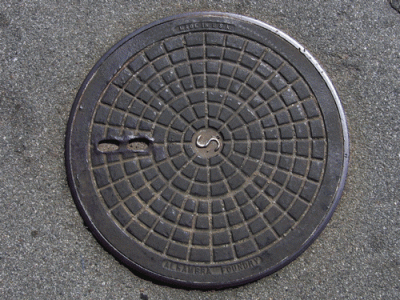What are the consequences of failures in underground manholes?
Cable splices in underground electricity distribution: challenges and solutions in manholes
In Europe, installers typically bury cable splices for underground electricity distribution directly in the ground after installation. However, this method does not apply everywhere. In the U.S., especially in urban areas, technicians place cable splices inside so-called manholes. The cables and splices inside these manholes can behave differently and may react uniquely to failures due to varying environmental conditions.
When can a splice failures occur?
Failures inside manholes generally arise from three main causes: defects in the cable, issues with switchgear, or problems in the cable splice itself. Cable defects often involve impedance issues that cause the cable to overload and overheat. Meanwhile, many splice failures occur due to assembly errors. For example, technicians may skip essential water tests or accidentally damage the lead sheath by improper sawing or roughening attempts. Both cables and splices installed inside manholes thus face a higher risk of failure.
Risks inside manholes
Liquids such as fuels or winter salt can enter manholes through the covers. These substances can corrode the outer sheath of the cable splice. This corrosion might lead to air pockets or defects inside the cable.
Additionally, many manholes contain methane gas mixed with stagnant air. If a failure triggers a Partial Discharge (PD) and causes a spark, an explosion could occur. Such an explosion often forces the manhole cover to rise, creating a dangerous situation.
Explosion safety measures
American power utilities report that around 75% of manhole explosions result from failures in the electricity network. Therefore, utilities invest heavily in safety measures and preventive solutions. For instance, technicians now check manholes for gas presence before entering to avoid hazardous situations.
The role of cable splices in safety
Of course, utilities also focus on improving the reliability of cable components. Lovink’s cable splices offer unique features that contribute to safer and more reliable connections inside manholes.
First, LoviSil® cable splices include strong mechanical insulation combined with an ABS outer casing. This casing is filled with a two-component polyurethane resin to prevent corrosion effectively. The electrical insulation relies on high-quality silicone-based materials that remain fluid, thus minimizing the risk of partial discharges.



